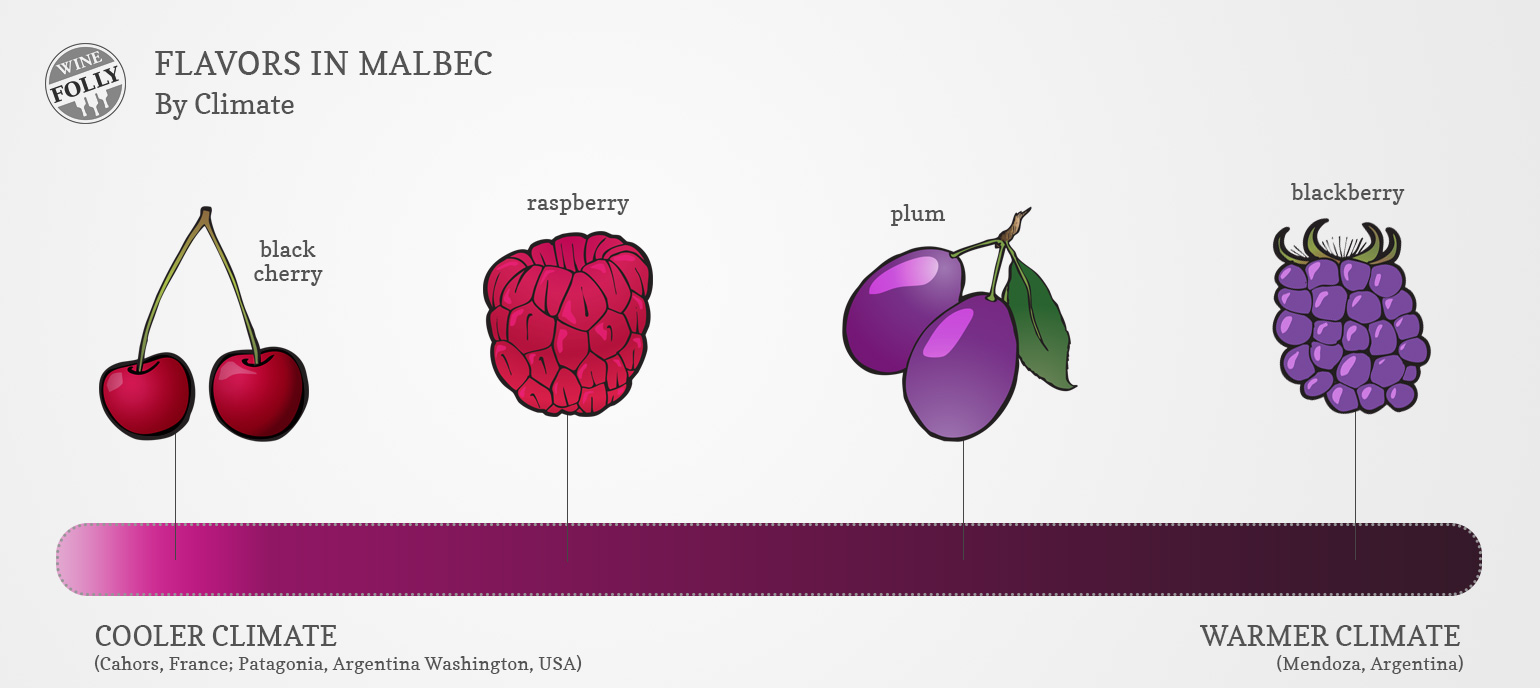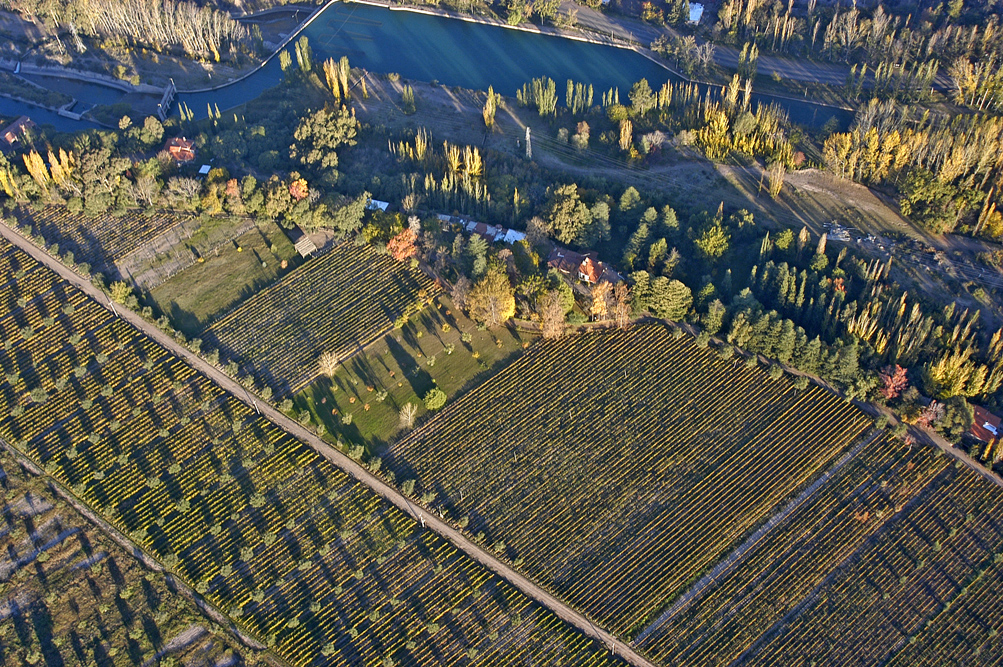Mendoza Malbec is Argentina’s flagship wine, renowned for its bold flavors and remarkable versatility. Over the past two decades, Mendoza winemakers have transformed Malbec from a well-kept secret into a globally celebrated wine. Today, Mendoza produces Malbecs that range from approachable, fruit-forward wines to age-worthy, structured masterpieces.
Dip into our updated guide on Mastering Mendoza Malbec to learn how to find top-quality wines, understand regional nuances, and navigate current market trends.
Mastering Mendoza Malbec
Mendoza’s Malbec pricing has shifted over the past decade, driven by inflation, global demand, and its rising reputation for quality. While the foundational tiers remain, the price ranges have adjusted to align with current market realities.
Mendoza Malbec Price Pyramid
- $60–$300 Exceptional Quality: This is what you’ll spend for the top wines from the most iconic producers. Growers hand-harvest grapes from select vineyard sites and mature the wines in French oak barrels for more than a year. Only a handful of producers charge over $150 a bottle for their top-tier wines, and you can find many exceptional wines in the $50–$100 range.
- $25–$60 Great Quality: This is what you should expect to spend for higher-end Reservas, or select vineyard wines from high-quality producers of all sizes. Extended aging (in tank or oak) brings out rich chocolatey flavors and velvety textures.
- $12–$24 Good Introductory Wines: Entry-level wines usually produced in large quantities, tend to focus on Mendoza’s smooth, juicy, fruity style without too much oak. Why use less oak aging? Well, oak barrels and aging cost money.

How Long Will Mendoza Malbec Age?
Argentine Malbec has matured into a wine capable of both immediate enjoyment and serious cellaring. Modern techniques, such as precision farming, selective oak use, and controlled fermentation, enable it to age longer and gain complexity.
-
15–25+ Years Aging Potential:
- High-elevation Uco Valley and top Luján de Cuyo wines can age 15–25 years.
- Expect structured, tannic Malbecs with layered black fruit, dark chocolate, mineral notes, and a long, savory finish.
- Critics award many top-tier wines scores above 95 points, drawing the attention of collectors.
-
10–14 Years Aging Potential:
- Well-crafted Malbecs from established producers in Maipú, Agrelo, and Vista Flores fall into this range.
- These wines maintain excellent acidity, vibrant dark fruit, and elegant oak integration.
- Ideal for enthusiasts who want a mix of early enjoyment and cellar development.
-
5-9 Years or Sooner:
- Accessible, fruit-forward Malbecs from entry-level to mid-tier producers are best enjoyed within this timeframe.
- Wines tend to emphasize juicy red fruit, softer tannins, and limited oak influence.
- This category is perfect for everyday drinking or casual entertaining.
Tips for Finding Quality Mendoza Malbec

- Hand-Harvested Grapes: Producers almost always hand-harvest top Mendoza Malbecs, especially from high-elevation sites in the Uco Valley and Luján de Cuyo. Mechanized harvesters have improved, but human selection still yields better fruit.
- Extended Aging: Quality Malbec benefits from careful aging, whether in French oak, neutral barrels, or stainless steel tanks.
Many premium wines now see 18–24 months of oak aging, resulting in layered flavors of dark chocolate, cocoa, and spice. Mid-tier wines age 12–18 months yet still balance fruit and structure. - Tech Notes: Generally, acidity (sourness) is between 5–7 g/L, and pH ranges from 3.65–3.75 in top-rated wines. Also, residual sugar is little to none (less than 1 g/L). Many producers use organic or carbon-neutral methods that influence both flavor and sustainability.
- Region Specific: The Uco Valley and Luján de Cuyo, Mendoza’s sub-regions, consistently produce the top-rated Malbec wines. San Rafael shows potential and offers excellent value.
- Vineyard Elevation: Elevation remains a key quality indicator.
High-altitude vineyards (3,000–4,500 ft / 900–1,400 m) preserve acidity, allow slow ripening, and produce complex, age-worthy Malbecs. Lower-altitude sites produce riper, fruit-forward wines meant for earlier enjoyment. - Sustainability & Innovation: Many producers now emphasize water management, cover cropping, and reduced intervention techniques, helping to maintain freshness despite Mendoza’s desert-like climate. Keep an eye out for limited-production single-vineyard or high-altitude bottlings, which are often standout wines in any vintage.
Mendoza is a large province (nearly the size of Illinois) that is home to 75% of Argentina’s vineyards, and Malbec is the region’s most celebrated grape. Of course, this wasn’t always the case.
Malbec’s rise to international fame began in the early 2000s when the country’s political and economic situation stabilized long enough for the wineries to start investing in improvements once again. Since 2005, top producers have earned high scores for Malbec. Mendoza Malbec isn’t just weeknight wine — it’s serious business. Let’s look at some of the sub-regions that influence this wine.

Sub-regions of Mendoza Wine Country
If you’re curious to know more, you can gain lots of confidence by studying the differences in the wines from Mendoza’s sub-regions, including Maipú, Luján de Cuyo, San Rafael, and East Mendoza.
Maipú
The province’s most historic wine region is just south of Mendoza city. Here, you’ll find both historic and well-known producers. For the most part, Malbec wines from Maipú offer red fruit (red currant, pomegranate, boysenberry, red plum, and cherry) flavors with a touch of earthy cedar or tobacco.
Barrancas, a warmer pocket of Maipú, produces darker, softer Malbec, Cabernet Sauvignon, and Syrah.

Luján de Cuyo
Luján de Cuyo contains many ultra-modern wineries and some of the region’s most glamorous boutique hotels.
High-end Luján de Cuyo wines command a premium, but many wineries offer strong second labels. Malbec from Cuyo will offer more black fruits (blackberry, boysenberry, plum sauce, black cherry) with Asian spice notes and a dusty or graphite-like finish.
Within the Luján de Cuyo region, wines often have labels for the nearest town. As you taste these wines, you’ll start to notice how certain areas within Cuyo feel subtly different, given the different terroirs at play. Of the sub-regions, Agrelo (elegance + power), Vistalba (minerality), Las Compuertas (elegance), and Perdriel (tannin) offer some of the most distinguishable differences.

Uco Valley
With some of the highest elevation vineyards of all of Mendoza, the Uco Valley (or Valle de Uco) is known for producing wines with elegance and excellent aging potential.
Sometimes wines from Uco Valley will be labeled after the nearest town, including Tupungato, Vista Flores, Tunuyán, Campos de los Andes, Los Sauces, San Carlos, La Consulta, and Villa Seca.
San Rafael
Drive 150 miles (240 km) south from the city of Mendoza, and you’ll find San Rafael, a region with a limited number of wineries, some of which were started by Italian immigrants in the early 1900s. San Rafael continues to deliver great value wines, although few of its producers import to the US.
East Mendoza (San Martín)
East Mendoza has many older vineyards, planted with some of Mendoza’s more esoteric varieties, including Criolla Grande, Pedro Giménez, Moscatel Rosada, Bonarda, and Tempranillo (along with plenty of Malbec). While this area has long been considered the doldrums for quality Malbec, it’s ripe with potential for the right garagiste winemaker (garage winemaker) to come along and do things differently.

Mendoza Terroir
Mendoza is one of the more intense wine climates in the world. It sprawls across a high, flat plain beside the Andes Mountains, where towering peaks block incoming rain. Annual rainfall is only about 8.9 inches (225 mm), characterizing Mendoza as a desert. Snowmelt from the Andes feeds irrigation canals first built by the Incas.
All of this means that Mendoza winemakers work with a blank slate. It’s very flat, dry, sunny, and an almost pest-free environment to grow wine grapes, allowing viticulturists to have near-complete control over water management. Also, because the region is so level, mechanization and mechanical harvesters are easily used.
TIP: Mendoza’s terroir is ideal for organic wine growing, so keep your eyes peeled for producers in this space.
Soils in Mendoza
Soils are alluvial (river deposited), containing sand, clay, and a layer of gneiss pebbles created during the late middle Triassic period (200 million years ago). These well-drained, low-nutrient soils limit vine stress and yield concentrated grapes.
What this means: Generally speaking, sandy areas produce wines with slightly less color and more aromatic elegance (red fruit), whereas clay soils with lime deposits produce wines with deeper color, structure, and power.
Altitude: The Higher, the Better
In a different hot climate, grapes would ripen rapidly and lose all their acidity, which would make for very flabby yet tannic red wines. Fortunately, because Mendoza sits at approximately 3,000-4,000 feet above sea level, nighttime temperatures drop drastically, halting the grape’s ripening.
Cool nights slow ripening, letting grapes build sugar gradually. This makes for a physiologically ripe grape (e.g., sweet tannins) with good acidity.
Enter Malbec: Mendoza’s perfect match. Why? Because Malbec requires abundant sunlight to ripen fully, most Malbec grapes have lower acidity. Combine Malbec’s traits with Mendoza’s high-altitude sun, and you get one of the best places on Earth to grow it.
That’s why Mendoza’s terroir suits Malbec so well, and also why you’ll see vineyard heights often listed (as a bragging right) in wine tasting notes. Remember: elevation is Mendoza’s terroir-specific signifier of quality.
